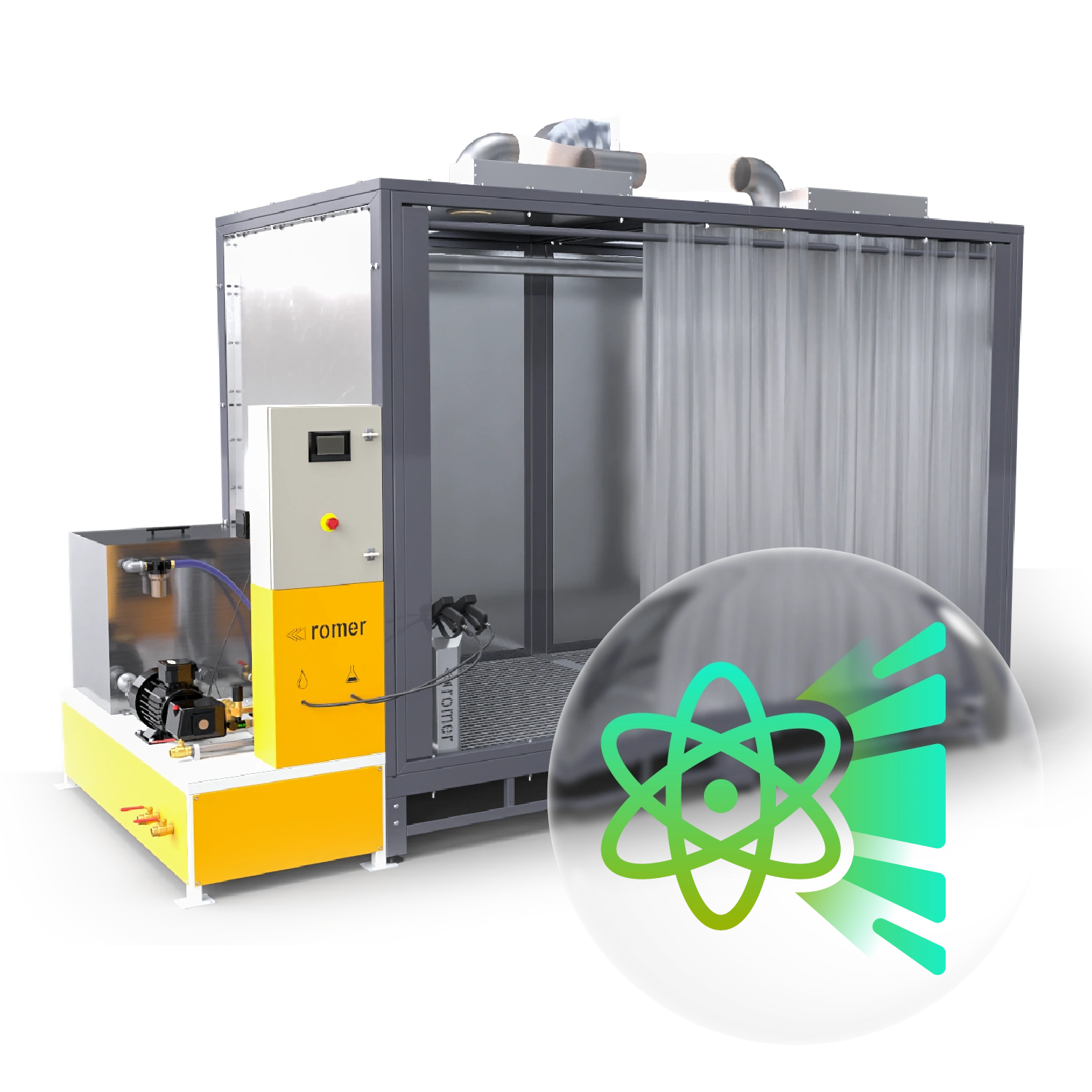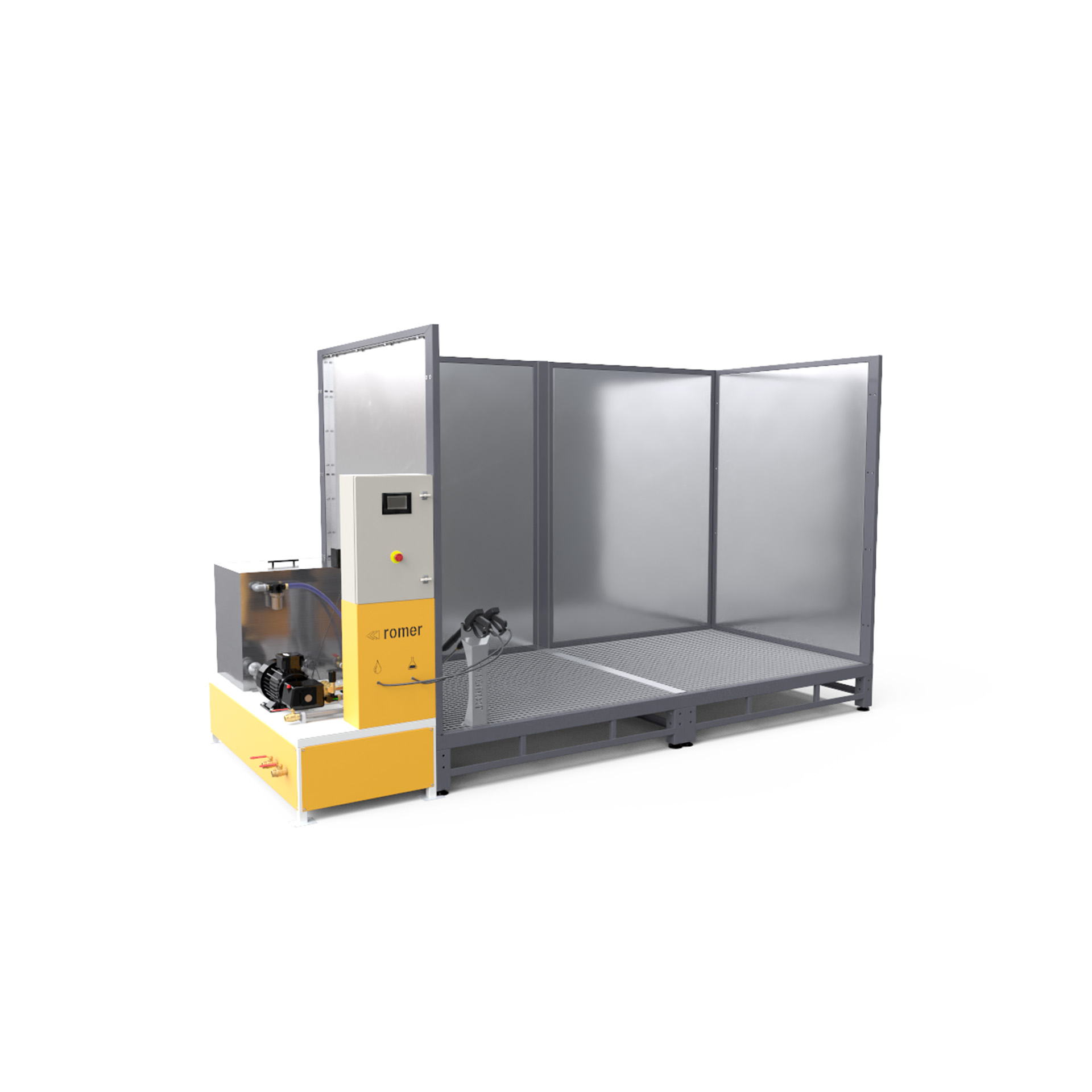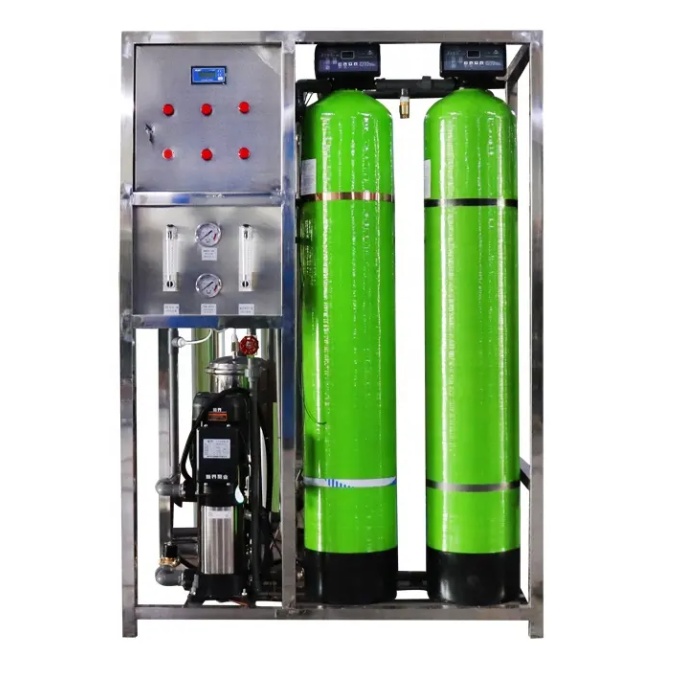The heart of
Washing difficult details with aggressive chemicals
A manufacturer of precision components implemented a manual cleaning process using aggressive chemicals to achieve perfectly clean surfaces prior to electroplating. Despite the intensive conditions - the solution proved to be effective and relatively inexpensive
Romer case study
Washing difficult details with aggressive chemicals

Assumptions:
-
High technical purity requirements prior to plating or bonding processes.
-
Presence of difficult-to-remove contaminants (process grease, oxides, paste residues).
-
Small batch production - 30-50 parts per day.
-
The need to use aggressive chemistry - e.g. chloride, lye or inorganic acid-based agents.
Estimated effectiveness:
30-50 details per day
approx. 1 minute
approx. 45-60 minutes per day
surfaces ready for bonding / plating, without grease and oxide residues
1 trained operator, no need for dedicated full-time staff
The reverse osmosis station recycles more than 80 % of the water used, reducing operating costs and waste.
Proposed solution:
For a company involved in the precision machining of steel and aluminium parts, a key step was the thorough cleaning of the surfaces before bonding and plating. Due to the nature of the contaminants - technical lubricants, oxidation and machining dust - standard detergents and water washing proved insufficient.
Manual washing with specialised, powerful chemicals was implemented. The process is carried out in a separate area with proper ventilation and health and safety precautions, and the station was supplemented with an overhead enclosure with extraction and curtains. This arrangement has been effective in reducing fog and splash, stabilising ventilation, separating odours from the rest of the hall and increasing operator safety, without changing the cleaning method itself.
Aggressive chemistry, including alkaline and acidic agents, made it possible to remove difficult contaminants without damaging the surface of the workpieces. Topping off the process with a pressurised water rinse and neutralisation ensured that the workpiece was fully ready for the next stages.
Due to the high water consumption, it also proved cost-effective in this case to implement a reverse osmosis station. It enabled the water to be purified and recycled, which reduced operating costs and waste. This not only kept the intensive chemical process rhythmic and repeatable, but also made it more economical and environmentally friendly.
Despite the use of strong chemicals, it was possible to maintain an even working rhythm and repeatable results. The manual approach gave flexibility, and the simultaneous introduction of the building, roof, curtains and reverse osmosis station tidied up the working environment, increased safety and significantly reduced water consumption.
Check also:
Products used in this case study





